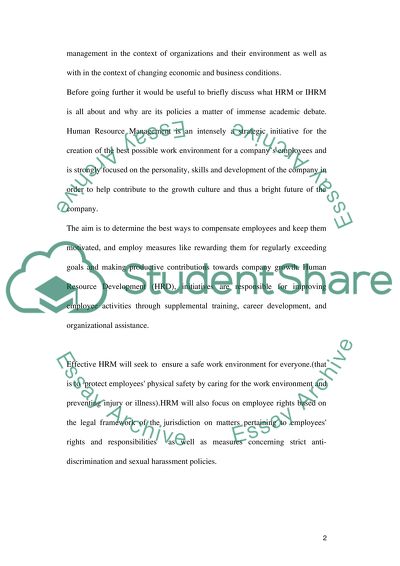Cite this document
(“Research Paper Critique (HRM) Book Report/Review”, n.d.)
Research Paper Critique (HRM) Book Report/Review. Retrieved from https://studentshare.org/miscellaneous/1509243-research-paper-critique-hrm
Research Paper Critique (HRM) Book Report/Review. Retrieved from https://studentshare.org/miscellaneous/1509243-research-paper-critique-hrm
(Research Paper Critique (HRM) Book Report/Review)
Research Paper Critique (HRM) Book Report/Review. https://studentshare.org/miscellaneous/1509243-research-paper-critique-hrm.
Research Paper Critique (HRM) Book Report/Review. https://studentshare.org/miscellaneous/1509243-research-paper-critique-hrm.
“Research Paper Critique (HRM) Book Report/Review”, n.d. https://studentshare.org/miscellaneous/1509243-research-paper-critique-hrm.


